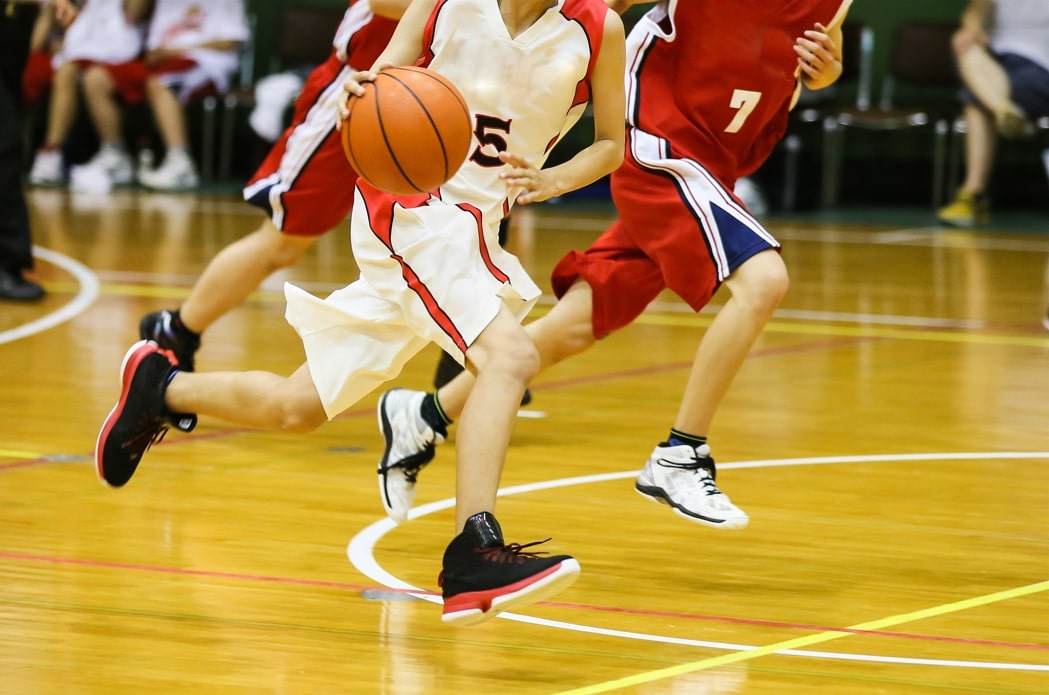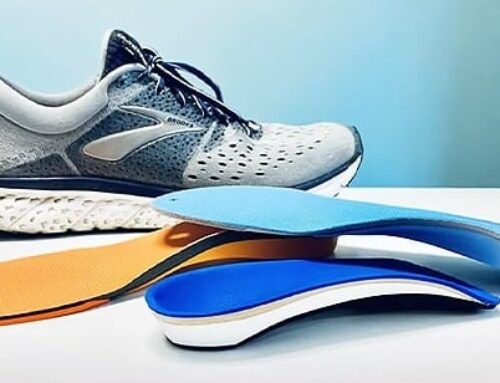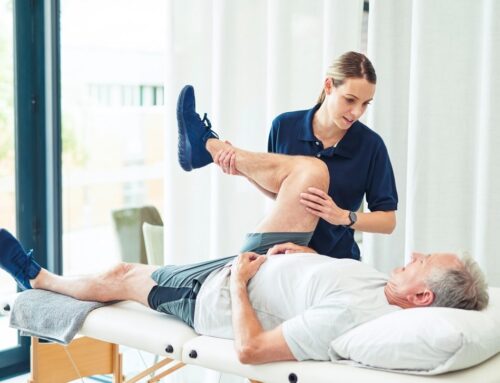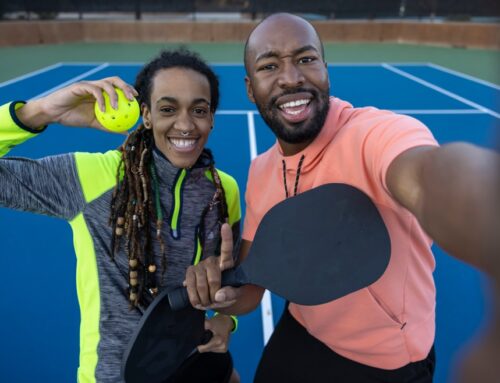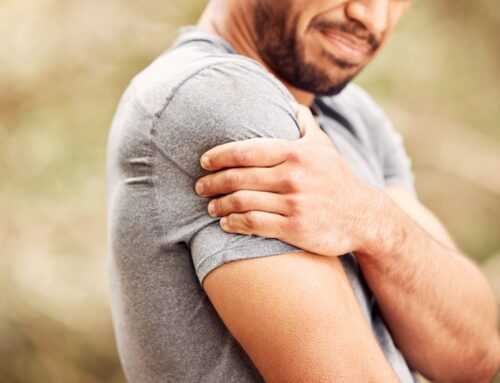Children’s bodies change drastically during their teenage years, creating increased opportunities for orthopedic injuries. Learning about orthopedic care for teens and how to prevent and manage common orthopedic conditions will benefit both teens and their parents.
The body hits its biggest and fastest growth spurt during adolescence – between the ages 10 and 14 for girls and ages 12 and 16 for boys. During this time, teenagers’ bones, muscles, tendons and ligaments grow and stretch. Unfortunately, the body does not always coordinate the growth of different parts, which can lead to pain and potential injuries.
Physical activity often increases in frequency and intensity during the teenage years. Teenage athletes are coached to run faster, throw and hit harder, and move with greater power and precision. Sports practices increase in frequency and duration as well.
With growth spurts, increased physical activity and stronger competitors comes an increased risk of orthopedic injuries. This article will help you learn about common adolescent orthopedic conditions and proper orthopedic care for teens.
Common teenage orthopedic conditions
Sprains and strains
Sprains are the most common form of orthopedic injury in adolescents. A sprain occurs when the flexible bands or ligaments connecting two bones in a joint overstretch or tear.
The most common sprains are ankle sprains, which comprise about a quarter of sports-related injuries. Sprained ankles often happen when the ankle rolls during running or jumping.
Signs of a sprain include pain, swelling, bruising and a limited range of motion. This condition can cause a lot of pain, so we advise obtaining orthopedic care right away if you suspect a sprain.
Sprains occur more frequently in adolescents than strains, but strains can also cause pain and swelling. A strain happens when a muscle or tendon (the cord connecting a muscle to bone) overstretches or tears. A strain is another term for a pulled muscle.
Until you can see an orthopedic doctor, treat sprains and strains with rest, ice, compression and elevation (RICE). Rest the injured area and apply ice to decrease swelling. Wrap the joint or muscle with an ACE bandage to add stability and compression. Elevate the joint or muscle on pillows to decrease pain and swelling. Take ibuprofen or acetaminophen to help with pain.
Fractured or broken bones
Medically, fractures and broken bones mean the same thing. Between 40 and 50 percent of adolescents experience a fracture in childhood. Boys are more likely to experience a fractured bone than girls.
A number of movements can cause fractures. A twist or fall, a growth plate injury, a stress fracture, shin splints, or a repetitive use injury can all cause a fracture.
Growth plate injuries
A layer of growing tissue called the growth plate is located at the end of an adolescent’s long bones. Growth plates are the softest and most vulnerable part of the teen skeleton, making them susceptible to injury.
A growth plate fracture is a fracture in this weak area of the skeleton. It can be a serious issue that affects how the bone grows. We recommend getting treatment from an orthopedic specialist as soon as possible. Growth plate fractures can happen during any sport, but they are common in gymnastics and contact sports.
Little League elbow or shoulder occurs due to the repetitive stress placed on the elbow or shoulder, sometimes at the growth plate. This injury can be caused by the motion of throwing a baseball, for example. Rest and physical therapy can help resolve Little League elbow or Little League shoulder.
Sever’s disease causes heel pain in adolescents due to inflammation of the Achilles tendon where it attaches to the heel’s growth plate. Male athletes who run or wear cleats often have worse pain from Sever’s disease. Rest, ice and gel inserts in the shoes can help relieve pain from Sever’s disease.
Shin splints
Shin splints are very common in teen athletes. They often occur when athletes run on hard surfaces without proper footwear or change or intensify their workout routine.
What are shin splints? Shin splints, also called medial tibial stress syndrome, are caused by inflammation of the muscles and tendons along the inner side of the shin bone.
Shin splint treatment includes rest and ice, using supportive footwear, and possibly changing to a lower-impact sport. If not treated, shin splints can cause stress fractures.
ACL tears and other knee injuries
Injuries to the knee joint are also very common in teenage athletes. Some knee injuries are caused by acute events, like ACL tears that result from repetitive use over time.
The ACL, or anterior cruciate ligament, stabilizes the knee with three other ligaments. It connects the thigh bone (femur) to the shin bone (tibia). An ACL injury often happens with a sudden stop, pivot or bad landing from a jump.
ACL tears cause immediate swelling, unsteadiness and inability to bear weight on the leg. Surgery is the primary treatment, followed by rest and physical therapy.
Repetitive strain injuries or repetitive use injuries
Half of all sports medicine injuries are repetitive strain injuries. These injuries happen when teenagers overuse muscles or tendons. Over time, tendonitis or hairline fractures may result. Repetitive use injuries are very common in athletic adolescents, especially those who began sports specialization at an early age.
The intense, year-round training required in a specialized sport wears down young athletes’ bones, muscles, ligaments and tendons without enough time to heal. These injuries are seen in many sports, including gymnastics, basketball, football, baseball and running.
Preventing teenage orthopedic conditions
While injury prevention is not guaranteed, the following tips can help strengthen your adolescent’s overall orthopedic health.
Rest is vital to orthopedic health. Teenagers’ bodies undergo drastic changes and need rest to grow and adjust properly. Parents can help prevent injuries by requiring at least one rest day a week away from sports and encouraging two- to four-week breaks after a sports season finishes.
Playing sports improves balance and mental acuity for adolescent athletes, strengthens different muscles and helps prevent repetitive use injuries.
Proper technique and form help athletes achieve the best outcomes and prevent injuries. Encourage your teenager to practice movements correctly. Furthermore, equip your adolescent athlete with the correct gear and ensure it fits properly to protect them from injury.
Orthopedic care for teens
Orthopedists, like those at Cary Orthopaedics, specialize in injuries to bones, joints, ligaments and tendons. Orthopedic doctors for teens have experience and expertise in treating adolescent musculoskeletal injuries. They are better trained than a primary care physician to diagnose and treat teens with orthopedic injuries.
If your teenager suffers an orthopedic injury, contact us. Our experts will help them return to sports and other activities they love in a healthy way.

